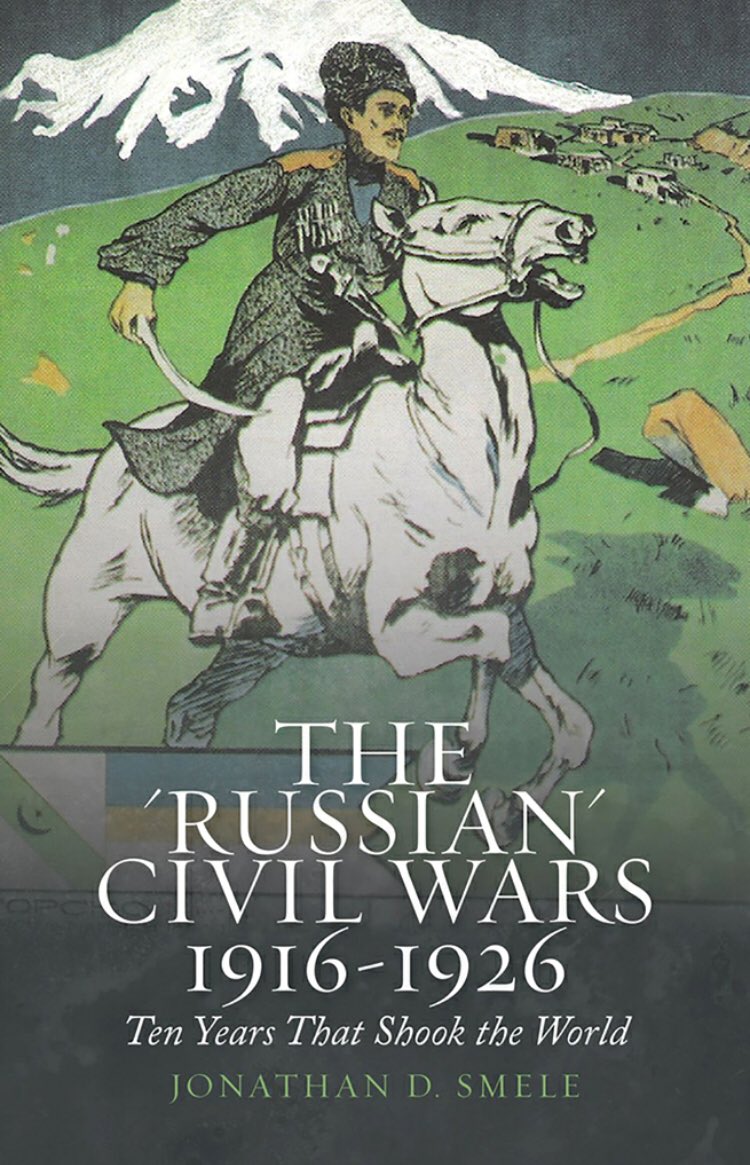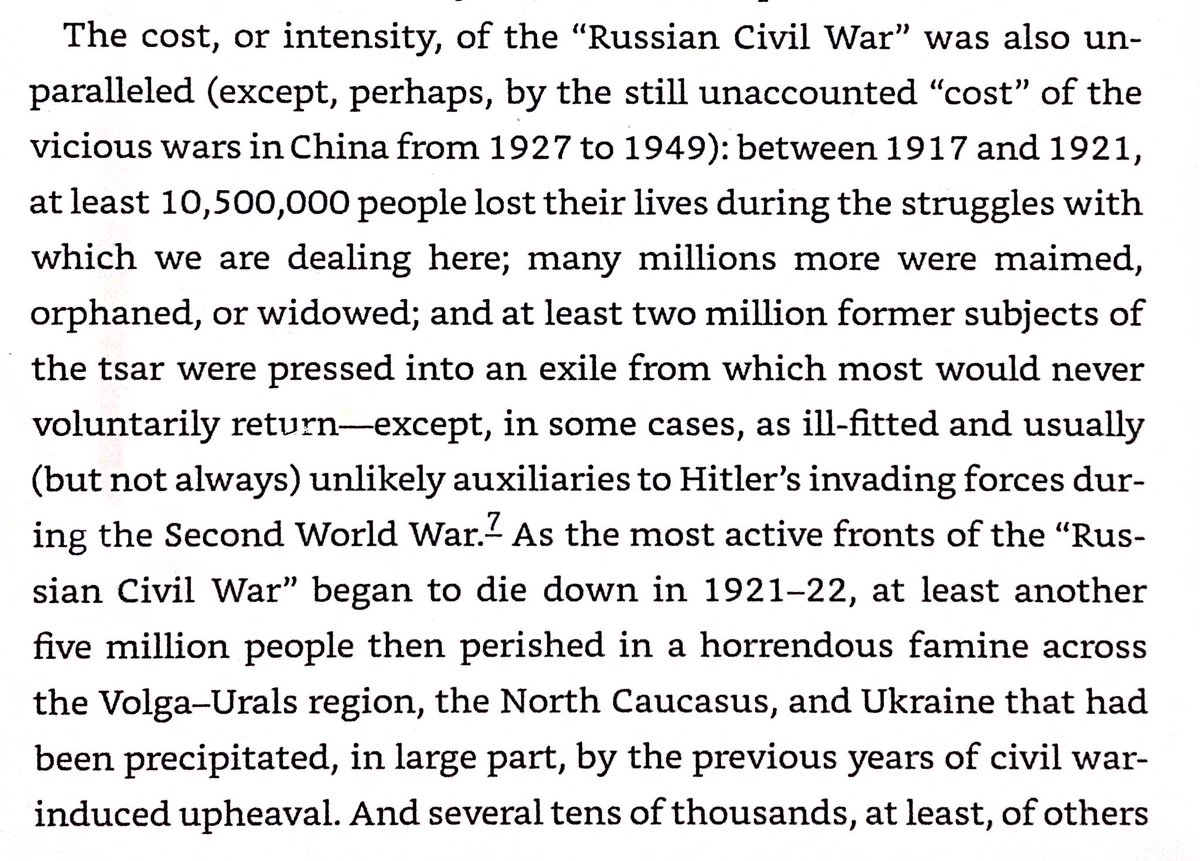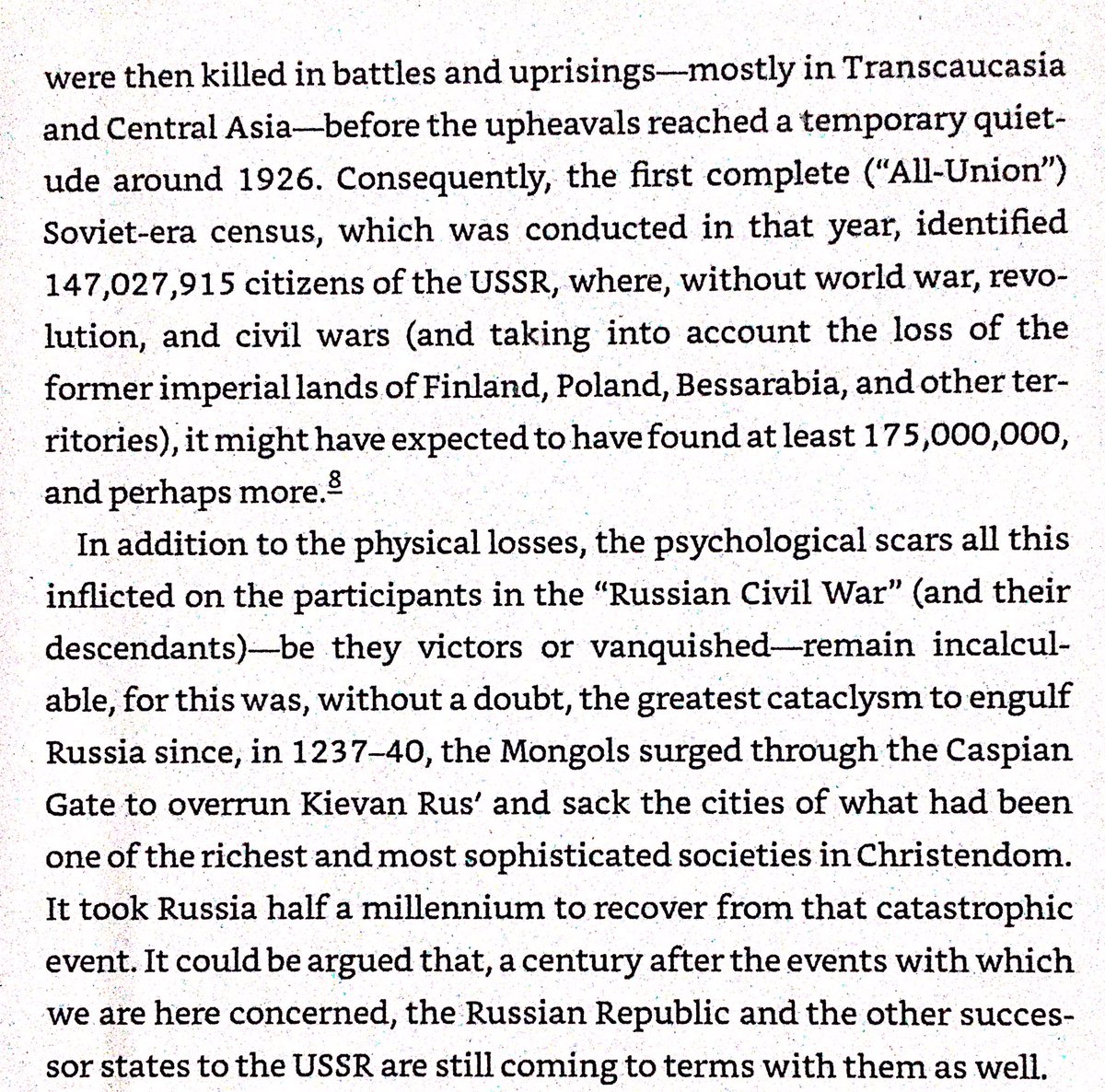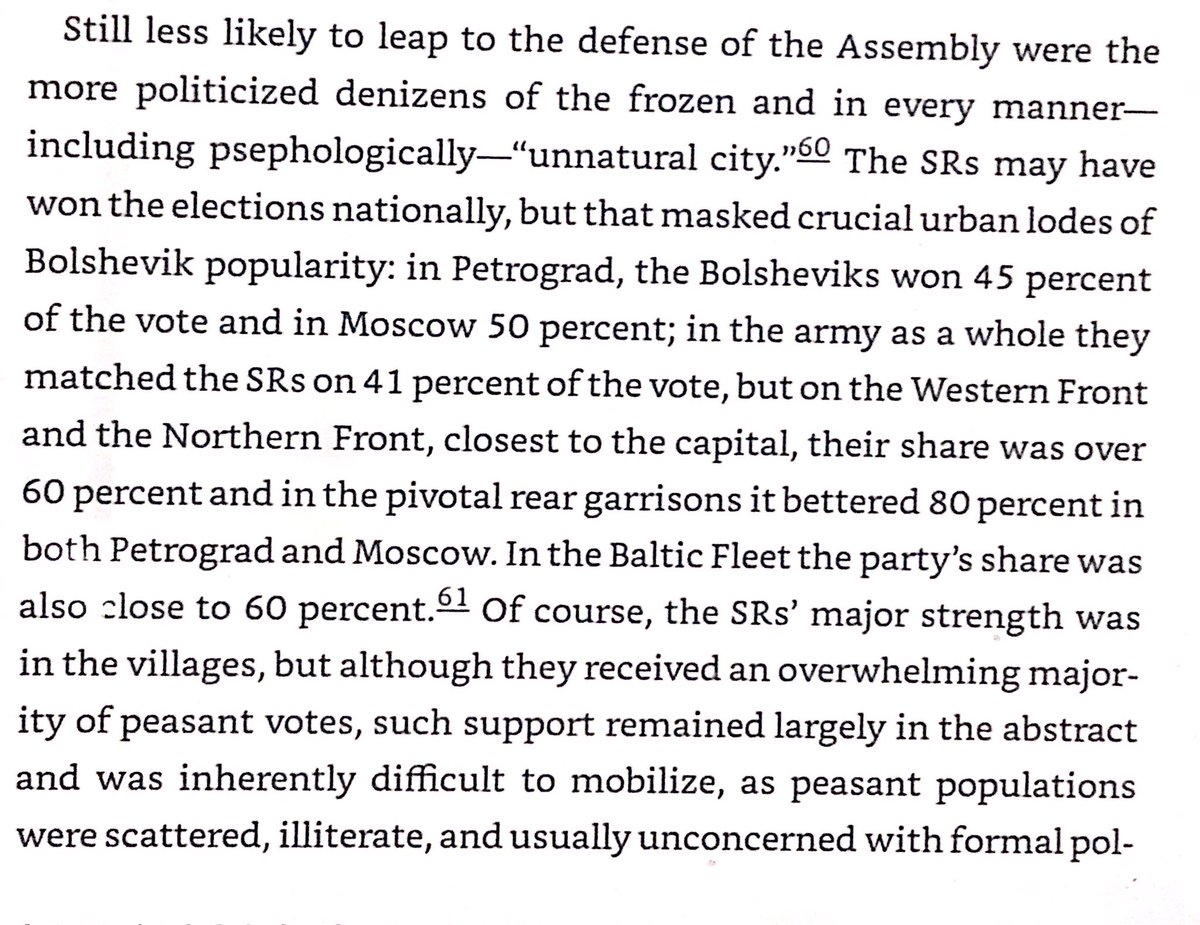
The 19th century was not kind to the Amerindians. Though they started the century outnumbering criollos almost 3 to 1, modern DNA shows they comprise perhaps 40% of the ancestry of modern Mexicans. I think other Spanish-American nationalities are similar.
https://twitter.com/peter_nimitz/status/1325994601455366144
I’d guess the process that Gregory Clark describes for early modern English applies to Mexicans too - modern Mexicans mostly descendants of middle class, not the peons.
Fehrenbach: population growth, debt, & increasing land concentration led to immiseration in 19th century Mexico. Mortality 3x that of Europe. Food had to imported, & mule labor was more expensive than human. People were poorer in 1910 Revolution than 1808 Independence War. 







Growth of alcoholism, cannabis use, & venereal disease added to the immiseration. Per capita alcohol consumption was the highest in the world, with 60% of slum residents experiencing its worst effects. 



• • •
Missing some Tweet in this thread? You can try to
force a refresh








































